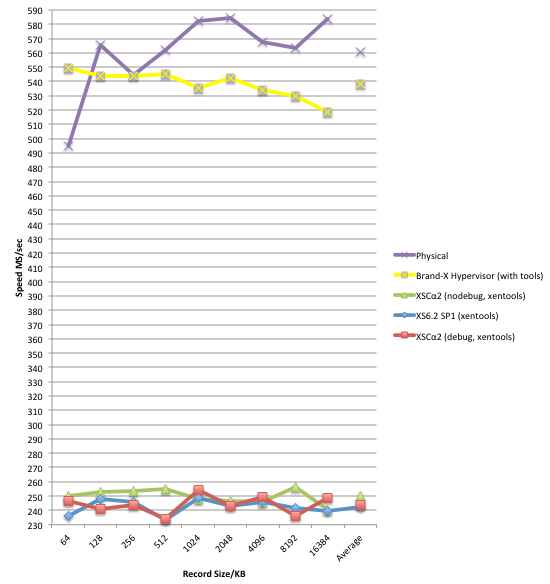 |
| Schlumberger Petrel Delivered over VDI by 360is |
How did the project come about?
CNRI was rolling out the latest Schlumberger Petrel reservoir modelling software. The company was increasing the number of Geologists/Geophysicists needing access to this software. With licenses between 100-150K per concurrent user, and some analysts only requiring access occasionally, CNRI wanted to broker that access. While hardware costs were not as important a factor as the software, a capable workstation can run to £10K. It makes sense to keep those workstation assets busy. The company had already considered and disregarded a number of technologies, and had contacted 360is to provide a new platform for their analysts who would return shortly from Petrel training.
What did 360is do?
A team from 360is determined the feasibility of the project, and any dependencies with other parts of the infrastructure (workstation, network, and SAN upgrades happened to coincide with the VDI project). A plan was agreed between the client and 360is and work started as soon as hardware became available. 360is selected Citrix XenDesktop VDI infrastructure on-top of VMware vSphere, with hardware supplied by NVIDIA, HP, and others. User acceptance testing and HDX3DPro performance tuning was carried out by 360is engineers with the assistance of Schlumberger and the infrastructure went live within a few weeks of the project start-date. 360is continued to support the client as his users began working with the new environment.
How successful has the platform been one year on?
CNRI continue to enjoy increased productivity from their investment in Petrel, NVIDIA, and XenDesktop. With Petrel 2014 launched this month, and XenDesktop 7.5 in March, CNRI's management can can be confident that their engineers and analysts have continued access to the latest technology. As an added bonus, moving to a VDI deployment also made remote access to the platform possible, even over relatively high latency connections.
If you would like to talk to one of our engineers about deploying scientific and GPU applications to demanding users, get in touch via our contact page, Email, or message us on twitter.
For those of you unfamiliar with the Petrel, take a look at this fantastic video produced by the talented guys of The Mill.
Schlumberger @ The Mill from Nils Kloth.







